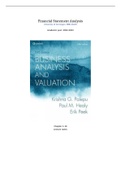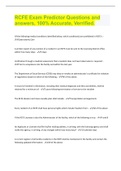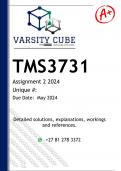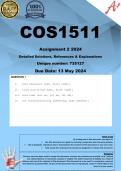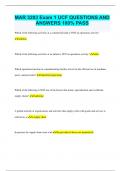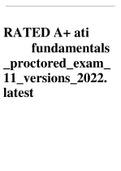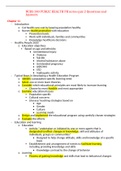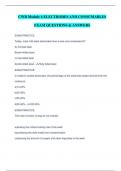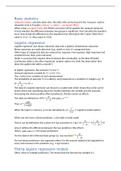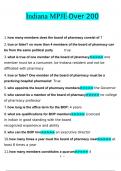Samenvatting
Financial Statement Analysis for A&C samenvatting - Chapter 1-10
- Instelling
- Rijksuniversiteit Groningen (RuG)
samenvatting voor het vak Financial Statement Analysis (voor A&C). de samenvatting bevat de hoofdstukken 1 tot en met 10, aangevuld met aantekeningen van de hoorcolleges en tutorials. ik heb met deze samenvatting het vak gehaald met een 9.
[Meer zien]
